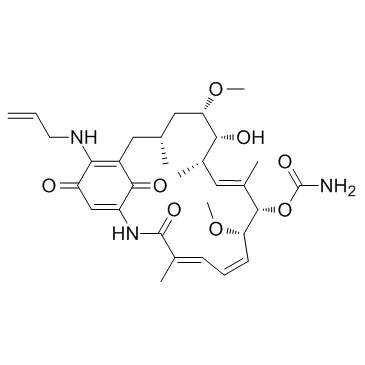| 结构式 | 名称/CAS号 | 全部文献 |
|---|---|---|
 |
雷帕霉素
CAS:53123-88-9 |
|
 |
丁硫氨酸-亚砜亚胺
CAS:83730-53-4 |
|
 |
坦螺旋霉素
CAS:75747-14-7 |